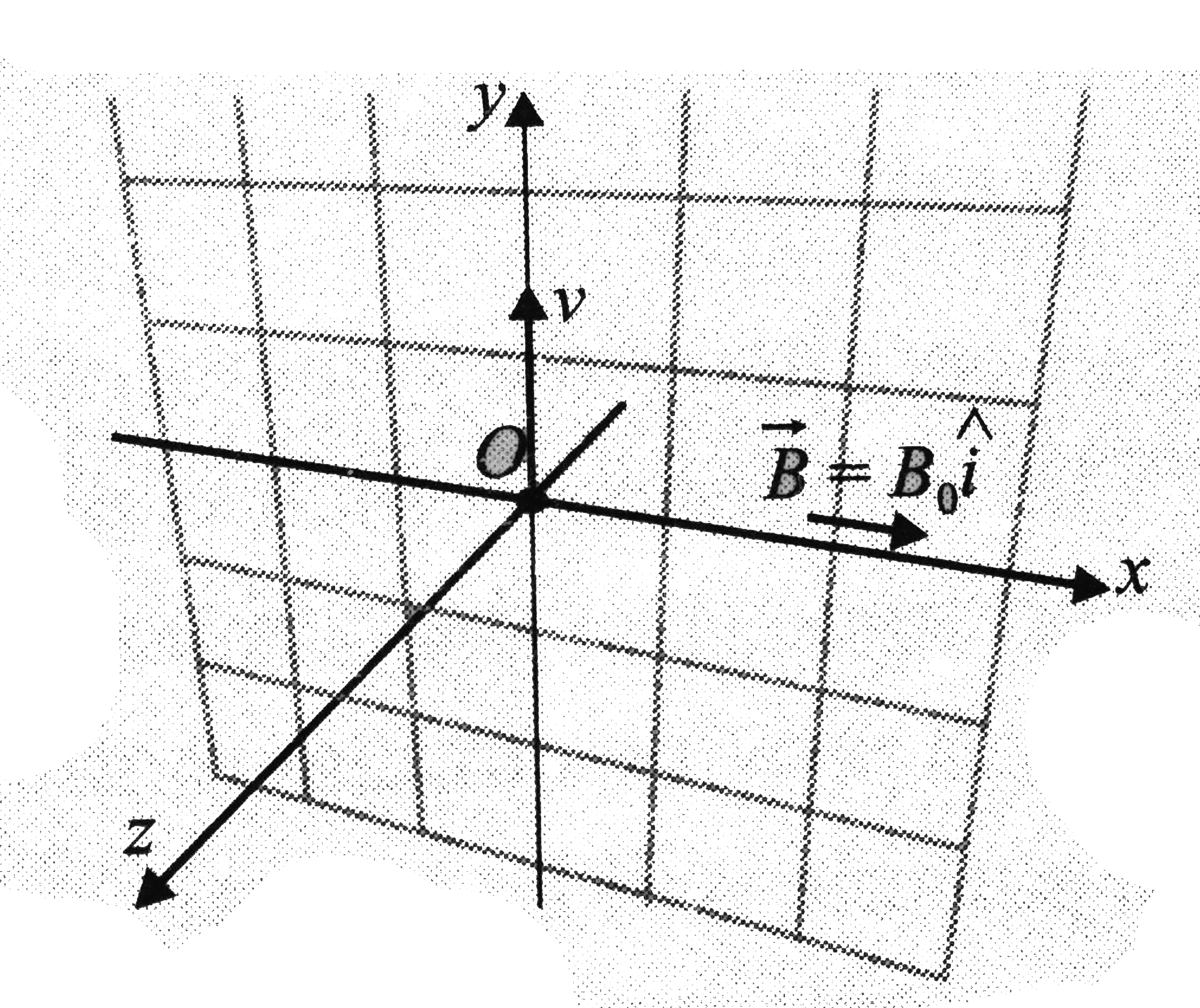The velocity vector of the motion described by the position vector of a particle, r=2tˆi+t2ˆj is given by
v=2ˆi+2tˆj
v=2tˆI+2tˆj
v=tˆi+t2ˆj
v=2ˆi+t2ˆj
The correct Answer is:A
To find the velocity vector of the motion described by the position vector r=2t^i+t2^j, we will follow these steps:
Step 1: Understand the Position Vector
The position vector of the particle is given as:
r=2t^i+t2^j
Here, ^i and ^j are the unit vectors in the x and y directions, respectively.
Step 2: Differentiate the Position Vector
The velocity vector v is defined as the rate of change of the position vector with respect to time. Mathematically, this is expressed as:
v=drdt
We will differentiate each component of the position vector r with respect to time t.
Step 3: Differentiate Each Component
1. Differentiate the x-component 2t:
d(2t)dt=2
So, the x-component of the velocity vector is 2^i.
2. Differentiate the y-component t2:
d(t2)dt=2t
So, the y-component of the velocity vector is 2t^j.
Step 4: Combine the Components
Now, we can combine the differentiated components to write the velocity vector:
v=2^i+2t^j
Step 5: Final Result
Thus, the velocity vector of the motion described by the position vector is:
v=2^i+2t^j
Conclusion
The correct answer is:
v=2^i+2t^j
The position vector of the particle is given as:
r=2t^i+t2^j
Here, ^i and ^j are the unit vectors in the x and y directions, respectively.
The velocity vector v is defined as the rate of change of the position vector with respect to time. Mathematically, this is expressed as:
v=drdt
We will differentiate each component of the position vector r with respect to time t.
1. Differentiate the x-component 2t:
d(2t)dt=2
So, the x-component of the velocity vector is 2^i.
d(t2)dt=2t
So, the y-component of the velocity vector is 2t^j.
Now, we can combine the differentiated components to write the velocity vector:
v=2^i+2t^j
Thus, the velocity vector of the motion described by the position vector is:
v=2^i+2t^j
The correct answer is:
v=2^i+2t^j
Topper's Solved these Questions
- MOTIONBook:DC PANDEY ENGLISHChapter:MOTIONExercise:C. Medical entrances gallery
Explore 1 Video
- MEASUREMENT AND ERRORSBook:DC PANDEY ENGLISHChapter:MEASUREMENT AND ERRORSExercise:Subjective
Explore 19 Videos
- MOTION IN A PLANEBook:DC PANDEY ENGLISHChapter:MOTION IN A PLANEExercise:(C )Medical entrances gallery
Explore 32 Videos
Similar Questions
The angular velocity of a particle is →w=4ˆi+ˆj−2ˆk about the origin. If the position vector of the particle is 2ˆi+3ˆj−3ˆk, then its linear velocity is
View SolutionA charge particle of mass m and charge q is projected with velocity v along y-axis at t=0.

Find the velocity vector and position vector of the particle →v(t)and→r(t) in relation with time.
View SolutionFind the vector area of the triangle, the position vectors of whose vertices are ˆi+ˆj+2ˆk,2ˆi+2ˆj−3ˆkand3ˆi−ˆj−ˆk
View SolutionThe motion of a particle is defined by the position vector
→r=(cost)ˆi+(sint)ˆj Where t is expressed in seconds. Determine the value of t for which positions vectors and velocity vector are perpendicular.
View SolutionThe position vector of a moving particle at't' sec is given by →r=3ˆi+4t2ˆj−t3ˆk . Its displacement during an interval of t = Is to 3 sec is
View SolutionA particle is moving in such a way that at one instant velocity vector of the particle is 3ˆi+4ˆjm/s and acceleration vector is −25ˆi−25ˆjm/s? The radius of curvature of the trajectory of the particle at that instant is
View SolutionA particle moves in xy-plane. The position vector of particle at any time is →r={(2t)ˆi+(2t2)ˆj}m. The rate of change of 0 at time t=2 second. ( where 0 is the angle which its velocity vector makes with positive x-axis) is :
View SolutionThe position vector of a particle is r=asinωtˆi+acosωtˆj
The velocity of the particle is
View SolutionThe position vector of a particle is given by →r=(2tˆi+5t2ˆj)m (t is time in sec). Then the angle between initial velocity and initial acceleration is
View SolutionThe position vector of a particle changes with time according to the direction →r(t)=15t2ˆi+(4−20t2)ˆj. What is the magnitude of the acceleration at t=1?
View Solution

